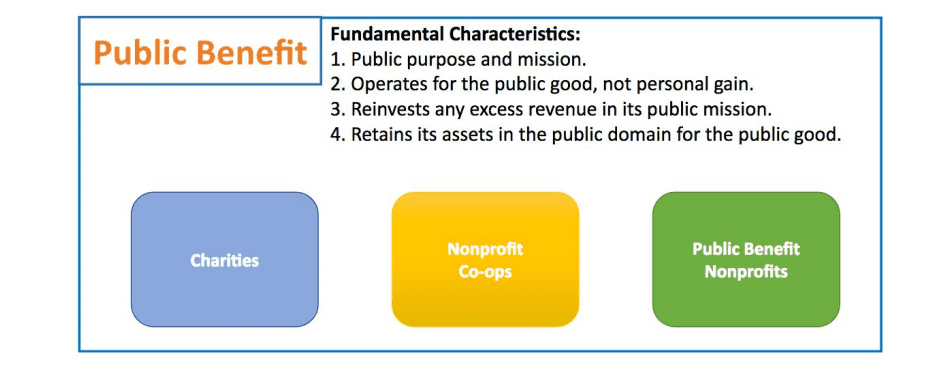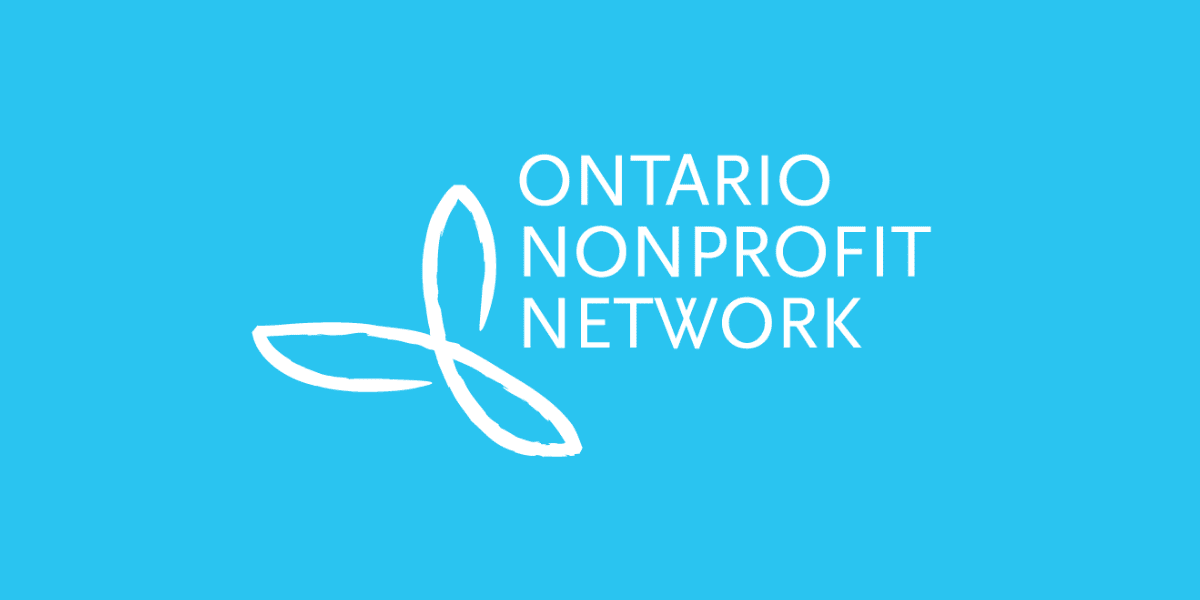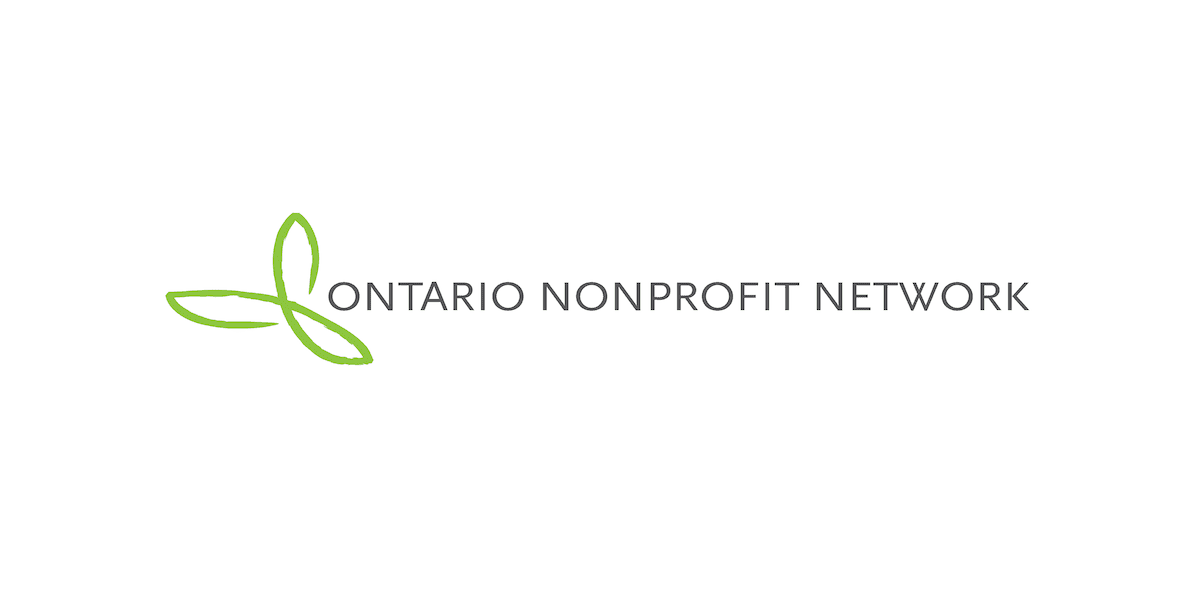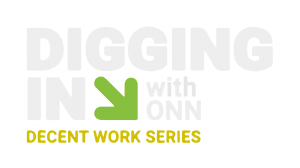
Blog
Four reasons the nonprofit sector needs a new name
Civil society, social economy, the voluntary sector, the third sector, the nonprofit sector, the charitable sector…
These are some of the terms used to describe nonprofit organizations collectively, yet these names don’t fully capture all that the sector is and does in serving communities.
The nonprofit sector in Canada is one of the fastest growing sectors in the Canadian economy. Virtually every Canadian is connected to a nonprofit, yet our legislative and collective understanding of the sector has remained frozen in time because we lack the language to describe it. Without this clear identity, Canada’s legislative, regulatory and policy frameworks fall short of enabling and supporting the sector to undertake its important work.
We know, we know- this is an age-old debate. So, why bring it up now? Because addressing this issue is key to an enabling public policy environment for the sector.
While many people may think they know what a charity is, few people are aware there are other groups of organizations that also work for the public good. Yet, as corporate entities, they are mixed together with other organizations serving much narrower scopes and their exemption under income tax status remains uncertain.
With the Canada Revenue Agency (CRA) review of charitable activities, a review of anti-spam federal legislation, an election year coming up for Ontario, and more, this is a prime opportunity to differentiate organizations focused on public benefit so they can receive investment, develop their social enterprises and be part of social and economic decision-making for a thriving country.
ONN is proposing a new framework to identify these organizations: the public benefit nonprofit sector.
What do we mean by “public benefit”?
The term “public benefit” is a way to differentiate from “mutual benefit nonprofits”, which focus solely on serving their members, and can distribute assets to members when their group/organization winds up. Examples of mutual benefit nonprofits include condo boards/associations, trade associations, and private clubs.

Public benefit organizations, on the other hand, have open, inclusive mandates, providing a public good in the broader community, such as running a soccer club or theatre group, supporting people with disabilities or providing housing for vulnerable people.
Under the public benefit designation, we would be able to clearly identify organizations based on four fundamental common characteristics:
While charities and nonprofit co-ops get their own corporate designations in the eyes of government and as corporate entities, all nonprofits are lumped together under the generic term of “nonprofit organizations”, whether they serve communities or their members.
Here are four reasons why the nonprofit sector needs a new name
1. Canadians need to be able to make public policy to support public benefit organizations and help them thrive.
In the policymaking process, while Canada’s 85,000 charities are sometimes considered, the other half of the sector – nonprofits and cooperatives – are too often excluded or forgotten about entirely. We are talking about an additional 95,000 organizations located in almost every community in Canada that are not even on the political and policy radar. It is impossible to make policy targeted at public benefit organizations because they cannot be easily identified.
Public benefit organizations are a critical partner with government and business as they plan for the future and need to be at the policy planning tables.
2. Public benefit organizations have a profound impact on our communities, yet go largely unrecognized in society.
What makes the public benefit sector unique? This is a sector that has organizational structures that invest and reinvest in communities, as opposed to building private wealth. It is the sector that does not get bought out or outsourced to other countries and provides the platform for 12.7 million Canadians to volunteer in their cities and towns.
People often turn to public benefit organizations when times are tough, or to give their lives meaning, for find support for overcoming challenges. What other sector is as well positioned to assist our communities and their residents with the impacts of precarious work, mass migrations, climate changes, and wealth inequality? This is a sector that supports the creation and enforcement of environmental protections, helps people find meaning in their lives and showcases cultural expression and creativity.
These public benefit organizations are advocates, and speak up for communities and the people they serve.
3. The sector needs to be recognized for its significant contribution to local economies and Canada’s economy in general.
Charities and nonprofits are a significant contributor to jobs and economic activity. The sector contributes 8.1% to the country’s GDP and employs over 2 million Canadians. This is more economic impact as a sector than oil and gas, automobile manufacturing, or mining.
Charities, public benefit organizations, and nonprofit co-operatives are governed by volunteers in their communities, and are therefore rooted locally. Because they are not for sale and aren’t focused on maximizing profits for shareholders, these organizations invest in and enrich local economies for the long term.
4. Where’s the data? Communities and the nonprofits within them need data on the sector to make effective public policy.
The quality and effectiveness of public policy is dependent on being able to tailor it to the needs of the groups involved. Yet, there is a severe lack of data about the sector and what we do have is 13 years old! We need regular data collection on the size, scope and activities of public benefit organizations (Side note: that’s why we’re actively involved in and support Imagine Canada’s data working group).
We can’t continue to make do with antiquated, disabling legislation and regulation that makes our work that much harder and unnecessarily limits our sector’s potential.
The sector and the critically important work we do have been severely hindered by a lack of a clear identity, by lack of a name that identifies the scope of what we do.
There is enormous unrealized potential for the sector. With a clear identity, we can push government to provide the legislative and financial policies the sector urgently needs to help drive the economic and social strength and stability of our communities.
Read more in our paper, Introducing the Public Benefit Nonprofit Sector.






